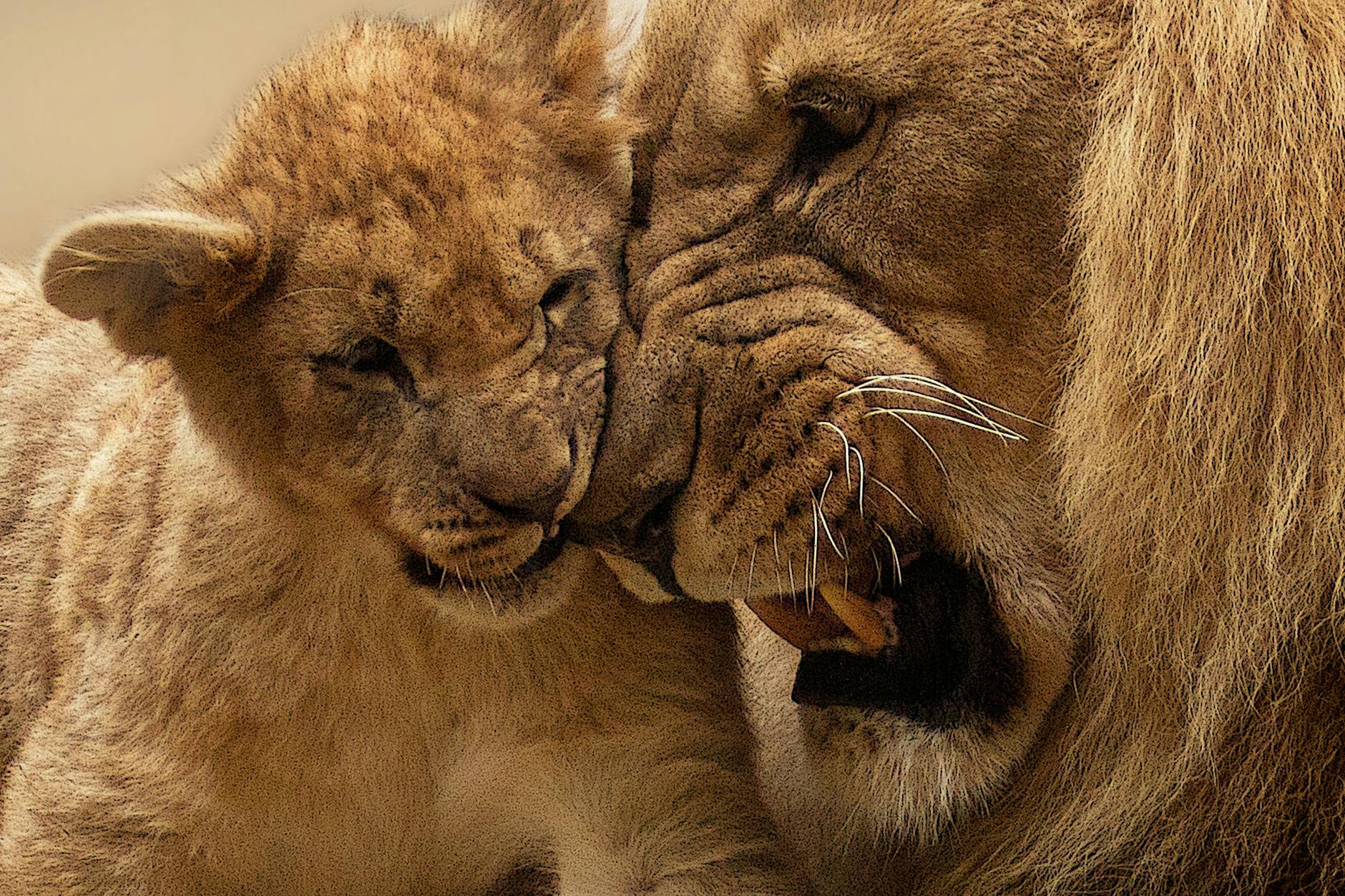
The African savanna has always swung between wet and dry, but climate change is lengthening the dry spells and turning “bad years” into the new normal. For lions, every extra week without rain ripples through their world—from the grass under a zebra’s hooves to the politics inside a pride.
1. Why harsher droughts hit lions so hard
- Parched landscapes shrink the menu. Grass withers, herbivores migrate or die, and carcasses become scarce.
- Waterholes turn into social pressure‑cookers. Prey, predators, and livestock crowd the last puddles, spiking competition and disease risk.
- More heat, more roaming. A 2024 multi‑carnivore GPS study showed lions enlarging their territories by ~60 % during severe droughts, overlapping far more with leopards and cheetahs as they chase dwindling prey (PubMed).
2. Behavioral shake‑ups inside the pride
| Stressor | Lion response | Consequence |
|---|---|---|
| Low prey density | Hunt at odd hours, follow migratory herds longer distances | Larger ranges mean more energy spent & more clashes with rival prides |
| Bone‑dry den sites | Shift cub rearing to riverine thickets or man‑made water points | Higher exposure to humans & hyenas |
| High daytime temps | Rest in deeper shade, hunt at dusk/night | Greater overlap with nocturnal rivals like hyenas |
3. Case studies from a drying continent
- Namibia’s desert lions: In 2024, the Kunene Region’s uniquely desert‑adapted population fell by up to 21 % after drought slashed gemsbok and zebra numbers. More hungry lions turned to livestock, provoking lethal retaliation (RFI).
- Kenya’s 2022 mega‑drought: National tallies recorded 1,198 large mammals dead, gutting prey bases in Amboseli, Tsavo, and Laikipia‑Samburu. Lions survived—but only by pushing deeper into community lands where conflict soared (Nairobi News).
- Serengeti “perfect‑storm” die‑offs: In both 1994 and 2001, drought forced buffalo into tick‑infested areas. Lions feeding on infected carcasses suffered a deadly combo of canine distemper virus and babesiosis, wiping out a third of the population each time (PMC).
4. From drought to doorsteps: rising human–lion conflict
When wild prey vanish, cattle and goats become the easy option. Spearing or poisoning retaliations now account for a growing share of lion deaths in drought‑hit hotspots. Conservationists note that conflict peaks two to five months after rains fail—when pastoralists’ herds are thinnest and lions most desperate.
5. Paths forward in a warming world
- Secure water & prey first. Artificial water pans and anti‑poaching patrols that protect zebras, wildebeest, and antelope give prides a fighting chance.
- Early‑warning grazing plans. Community grazing “banks” and mobile bomas reduce livestock losses during drought migrations.
- Landscape‑level corridors. As studies predict lions will need up to 50 % larger home ranges under future drought regimes (PubMed), connecting protected areas becomes critical.
- Climate‑smart disease watch. Integrating rainfall data with pathogen surveillance helps flag high‑risk years like the Serengeti die‑offs.
Final Thoughts
Drought doesn’t just dry up waterholes—it rewrites the rulebook of lion society. Prides stretch thinner, coalitions roam wider, and the already‑tight dance between predators, prey, and people grows tenser. Ensuring lions keep their crown in a hotter, drier Africa will hinge on broad‑scale solutions that make room—for rain that may not come, for prey that must recover, and for people who share the same thirsty landscape.
Next up: Conservation playbooks—what’s actually working to keep lions roaring into the 2030s and beyond.
Disclaimer: This blog post is for edutainment purposes only and may not be entirely accurate.






